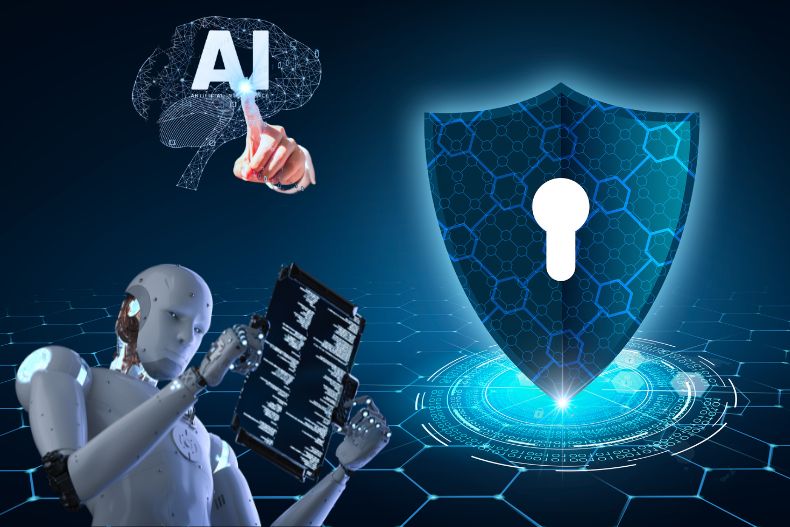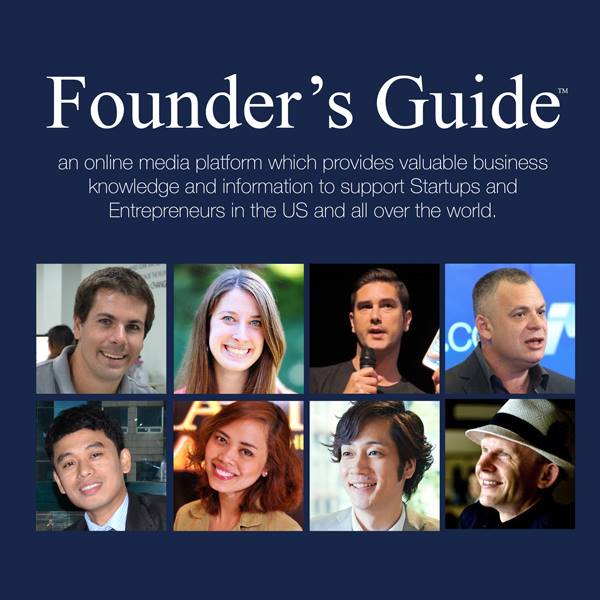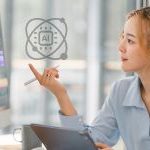Generative AI is having a moment. From image synthesis tools like Midjourney and DALL·E to AI video generators and voice clones, GenAI models are reshaping industries across the board. But have you ever wondered how these models actually learn to “create”?
The secret sauce behind any high-functioning generative AI system isn’t just the architecture or algorithms—it’s the training data. And increasingly, creators and developers are working in tandem to build the next generation of AI models through better training methods and smarter datasets.
This guide breaks down the process of training generative AI models, the types of datasets needed, and how creators can get involved, even without writing a single line of code.
Need a trusted source for AI visuals? Discover where to find AI datasets that are ready for model training, including custom and niche data packs.

Training a GenAI Model—What’s Actually Going On
Training a generative AI model means teaching it how to produce content (images, video, audio, text) by feeding it large amounts of labeled or structured data. Through a process called machine learning, the model gradually learns patterns, styles, structures, and relationships within the data so it can replicate them in new, unseen scenarios.
For example, if you feed a model millions of images of cats, it learns what a cat looks like and can tell the difference between breeds, recognize common cat poses, various lighting conditions, and even differing backgrounds.
Types of Generative AI Models
Before diving into training methods, it’s helpful to understand the types of models you might work with:
- Text-to-Image Models: Learn from image-caption pairs (e.g., Stable Diffusion, DALL·E)
- Text-to-Video Models: Require time-sequenced visual datasets (e.g., Sora, Runway)
- Text Generation Models: Trained on billions of text documents (e.g., GPT, Claude)
- Multimodal Models: Combine text, images, video, and even audio into a single training system
Each of these models requires specialized data, and plenty of it.
What You Need to Train a GenAI Model
Here’s what’s typically required to build and train your own GenAI model:
1. A Well-Defined Objective
First and foremost, you need to know what your end goal is. What do you want the model to do? Generate fashion images? Animate cartoons? Write poetry? The objective will shape the kind of data and architecture you need.
2. High-Quality Training Data
This is the foundation. The quality, diversity, and relevance of your dataset will determine how good your AI outputs are. You’ll need:
- Images or videos with consistent metadata (captions, labels, tags)
- Diversity in content (subjects, angles, locations, styles)
- Clean formatting and ideally, release-ready licensing if sourced externally
Training on biased or low-quality data will result in biased or underperforming AI models.
Want to see examples of curated, license-safe data? Explore our library of datasets for AI training.
3. A Training Architecture
Depending on your goal, you’ll choose a model structure—GANs for generating highly realistic images, transformers for handling complex sequential data like text and multimodal inputs, diffusion models for producing high-fidelity, controllable outputs, or hybrid architectures that combine these strengths. Open-source frameworks like Hugging Face, Runway, and TensorFlow offer tools to build models from scratch or fine-tune existing ones for specific domains, whether that’s creative media, conversational AI, or scientific research.
4. Compute Power
Training GenAI models is resource-intensive. You’ll need access to GPUs or TPUs (via cloud services like AWS, Google Cloud, or specialized AI clouds like Lambda Labs). For many use cases, especially for fine-tuning, pre-trained models can dramatically reduce costs.
The Training Process in 5 Steps
- Data Collection & Cleaning – Gather your dataset and clean it by removing duplicates, ensuring it has consistent labels, and formatting it correctly.
- Model Setup – Select or build your model architecture. Define input/output formats and your training objective (loss function).
- Training & Fine-Tuning – Run training loops over your data until the model “learns” the patterns.
- Evaluation – Test the model on unseen data. Are the outputs accurate, diverse, and realistic?
- Deployment or Continued Learning – Once you’re satisfied with your model training, deploy the model into production, or continue training using new data for ongoing improvement.
Where to Find Training Datasets
Finding ethical, high-quality data is one of the biggest challenges in GenAI development. Web scraping can result in noisy, copyright-infringing, or biased data, which can hurt your model and your brand.
That’s why AI developers and researchers are increasingly relying on curated, legally compliant datasets sourced from trusted platforms like Wirestock, which aggregate visual content from real creators, compete with built-in licensing and metadata.
Bonus: Creators Can Participate Too
You don’t need to be an AI engineer to take part in GenAI training. If you’re a creator, photographer, videographer, or visual creator, your content can directly power the next generation of AI models.
By contributing your content to AI-focused platforms, you can:
- Earn royalties or lump sums from dataset licensing
- Help reduce bias by adding diversity to training data
- Contribute ethically sourced content to global AI development
Platforms like Wirestock make it easy for visual creators to step into AI trainer jobs where they can earn royalties while supporting ethical AI development.
Final Thoughts: Training the Future
Whether you’re a developer building a next-gen model or a creator looking to support the AI boom, training GenAI models is no longer just for big tech companies. With access to better data, open-source tools, and creator-powered platforms, the training of AI has become more collaborative and creative than ever before.
The future of AI won’t just be engineered. It will be trained by people like you.











